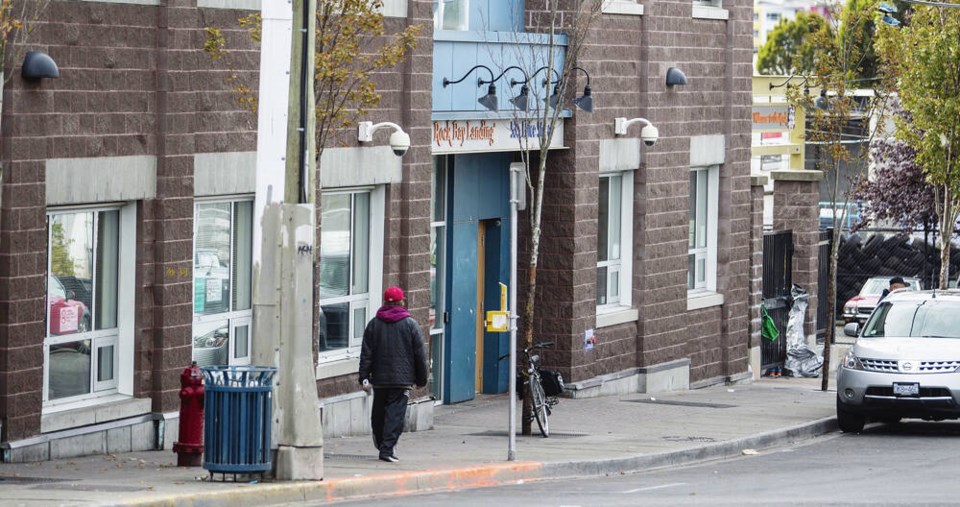With winter in the air, Victoria council asked staff on Thursday to work with B.C. Housing to ensure it has funding to cover the cost of opening overnight warming centres in the city.
The goal of the Extreme Weather Response Program Services Agreement is to ensure the city is not out of pocket for running centres that provide extra overnight shelter beds when the city’s Extreme Weather Response Plan is enacted.
The agreement will replace last year’s deal with Emergency Management B.C., which funded both daytime and overnight warming centres. Emergency Management will still fund the daytime centres, but B.C. Housing now has responsibility for the overnight ones.
While council voted unanimously to enter into a deal with B.C. Housing to fund the centres, there was some discussion about changing the activation criteria and concern about emergencies becoming the norm.
Coun. Krista Loughton pointed to the first hurried activation of warming centres after an early snowfall this week, saying it’s something council has to look at changing as soon as possible. “It can also be very cold at minus two or three in the rain.”
Coun. Dave Thompson said the city should continue to ask the provincial and federal governments to address the root causes of homelessness rather than downloading the problem to municipalities.
“There’s a great deal of community concern that emergencies can become the norm,” he said. “We have a gradual creeping acceptance and normalization of mass homelessness and building more and more institutions to manage it — to put [bandages] on this problem and that problem rather than reducing or eliminating it.”
Another change this year is that there is no regional co-ordinator to monitor conditions and determine whether they meet the threshold to activate the extreme weather program and open extra sleeping spots around the city. In the past, that had been done by the Greater Victoria Coalition to End Homelessness, but it has not hired a co-ordinator.
Acting Victoria Fire Chief Dan Atkinson told council Thursday that while the position is vacant, the city “remains committed to ensuring a warm space is offered toward our most vulnerable residents during emergency weather events.”
Asked who would determine when the protocol is enacted, Atkinson said the city’s emergency program co-ordinator, Tanya Patterson, would make the decision in consultation with service providers, shelters, Victoria police and others.
“We continually monitor the weather conditions as well, and anytime we feel there’s a risk, then we will start the activation process and get resources deployed,” he said.
Generally, the city activates its emergency weather response plan when temperatures reach 0 C or lower, sleet or freezing rain is present, snow has accumulated on the ground, the city is experiencing sustained high winds or any time the emergency program co-ordinator determines the life, health and safety of residents is at risk due to weather.
There are three overnight warming centres in Victoria — the Salvation Army, Rock Bay Landing and James Bay United Church — along with daytime warming centres at the Youth Sanctuary and Cook Street Activity Centre. The city operates the United Church centre at 511 Michigan St. and the Youth Sanctuary at 767 Humboldt St.
In terms of what the deal with B.C. Housing would look like, the organization typically funds 12-hour overnight extreme weather shelter operations, including covering the cost of staff, volunteer appreciation, cleaning, food, bus tickets, laundry and first-aid supplies.
According to a city staff report, the cost of activating an overnight warming centre is about $2,165 a night. The city expects it may have to activate them as many as 15 times this year. If costs are less than what is outlined in the budget, the city keeps the extra funding and uses it for other warming-centre costs, such as extra supplies.
The city is responsible for any unforeseen costs that may occur, like extra staff or repairs.
Since December 2021, the city has activated its warming centres on 16 occasions, including 10 daytime activations and six overnight ones, and accommodated more than 250 people during cold weather events.



